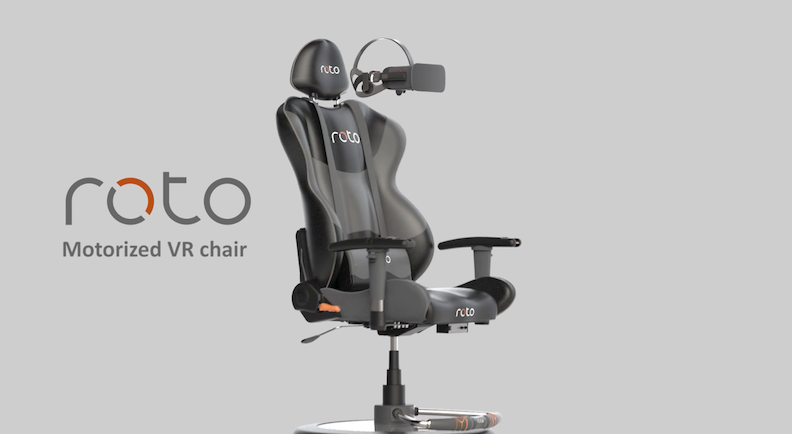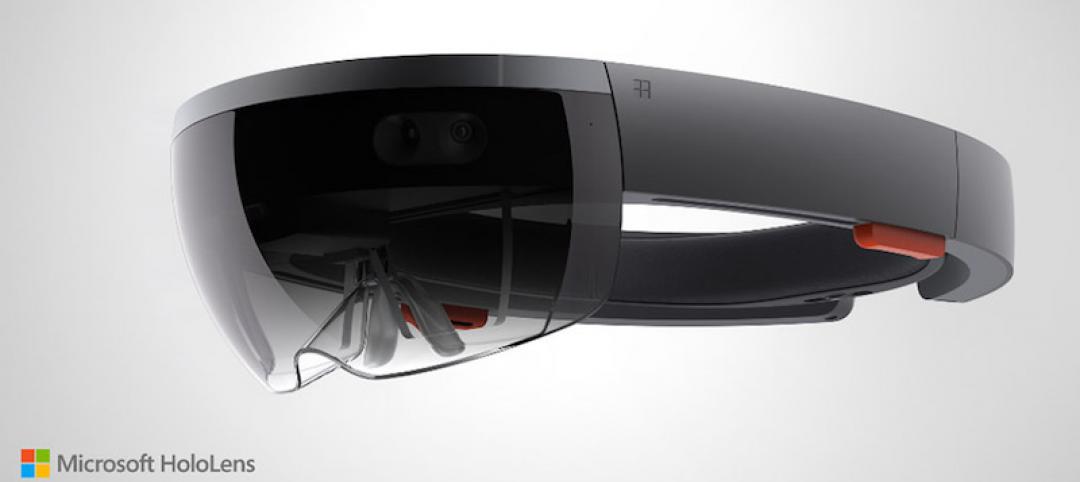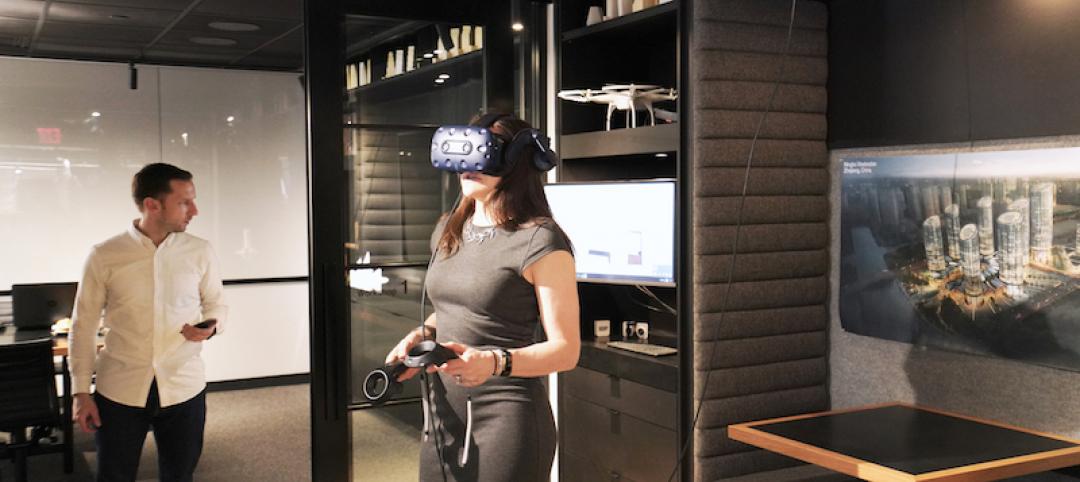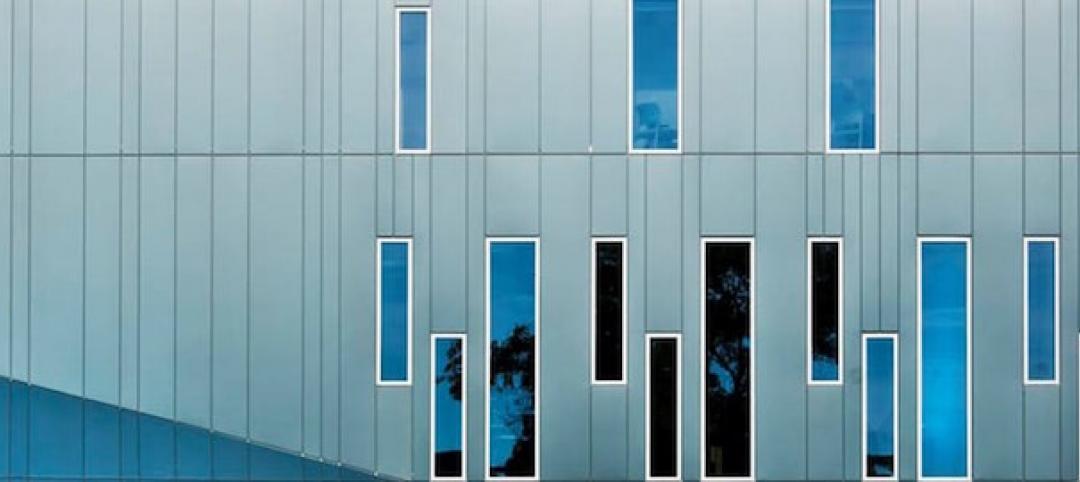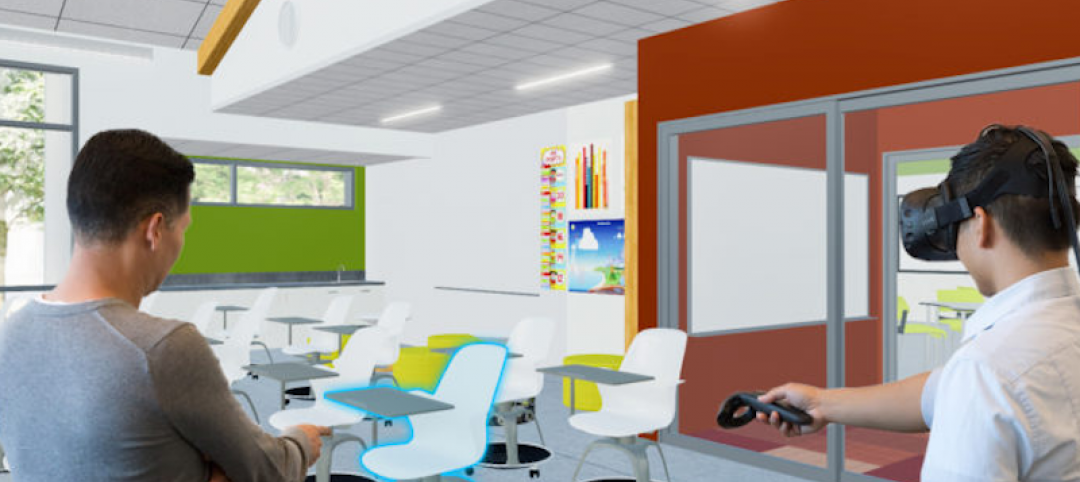If you aren’t careful, the illusion created by a virtual reality headset can be broken pretty quickly. With the headset on you may be seeing a wide expanse of rolling green hills, a proposed skyscraper, or even an alien planet, but if you stub your toe on the corner of a desk or trip and fall face first into a wall, you will be brought back to the real world pretty quickly.
The solution to these problems is simple; sit down. But while sitting down may solve the problem of hurting yourself or breaking something while wearing the headset, it can make the overall experience very awkward. Cables can tangle and movement becomes limited, thus, having the same effect as tripping over a desk or walking into a wall in terms of ruining the illusion VR is meant to create.
But that is where the Roto VR chair is meant to help. For $599 ($499 if you take advantage of a special pre-order offer) the Roto VR provides users with an “immersive, endlessly revolving experience” that includes motorized turns, a tangle-free cable system, and double rumble effect, according to Roto VR CEO, Elliott Myers. The chair boasts “the ultimate seated VR experience” and works with all VR headsets.
Overall, Roto VR incorporates over 20 different technologies, reports virtualreslityreporter.com. Among these technologies are motorized features that sync in-game movement with real life movement to help eliminate motion sickness; double rumble packs meant to mimic engine throttle, gear shifts, and crashes; touch pedals that allow users to walk, run, and jump while remaining comfortably (and safely) seated; and the Roto VR HeadTracker, which clips onto the VR headset and communicates its movements with the base of the chair to rotate it accordingly.
All the technologies incorporated in the chair work together to add to VR’s immersion.
"Ultimately we wanted to create something that adds value to every type of VR experience," Elliott says on the company’s website. “We give people the ability to explore 360 degrees without needing to physically touch the floor with their feet - scratching around a swivel chair base is an immersion killer. Motorised turns gives us a sense of weightlessness, effectively a blank canvass for our imagination when in VR.”
The Roto VR is set for a July 2016 launch date.
Related Stories
| May 30, 2018
Accelerate Live! talk: Seven technologies that restore glory to the master builder
In this 15-minute talk at BD+C’s Accelerate Live! conference (May 10, 2018, Chicago), AEC technophile Rohit Arora outlines emerging innovations that are poised to transform how we design and build structures in the near future.
Augmented Reality | May 30, 2018
HoloLens used as wayfinding device to guide blind people through complex buildings
Neither training nor modification of the physical environment are required to use the system.
Healthcare Facilities | May 29, 2018
Will telemedicine change the face of healthcare architecture?
Telemedicine is a broad term that covers many aspects and mediums of care, but primarily it refers to the use of video monitors to allow a virtual face to face consultation to take place.
| May 24, 2018
Accelerate Live! talk: The rise of multi-user virtual reality
In this 15-minute talk at BD+C’s Accelerate Live! conference (May 10, 2018, Chicago), two of CannonDesign's tech leaders present their early findings from pilot testing multi-user VR technology for AEC project coordination.
Virtual Reality | May 8, 2018
‘Bespoke’ VR apps give Woods Bagot an edge in presenting design ideas
The architectural firm is finding that some clients respond quicker to proposals as a result.
Virtual Reality | Apr 13, 2018
Integrating many voices into a single vision
There’s no question that, as opposed to a top-down process, an open process is best for an office like ours.
Architects | Apr 5, 2018
Tech Report 5.0: The Human Touch
Can studying humans at a behavioral level produce better buildings? Cognitive architecture experts are working to find out.
AEC Tech | Feb 28, 2018
Nine tips to bridge the cybernetic design gap
Unlike other technologies we have seen, augmented and virtual reality are looking to have staying power in a truly disruptive way.
Virtual Reality | Nov 9, 2017
Revolutionizing school design with virtual reality
Being fully immersed into a space allows both architects and non-architects to understand and experience a project’s size, scale, scope, and learning environment.
AEC Tech | Oct 6, 2017
How professional bias can sabotage industry transformation
Professional bias can take the form of change-resistant thinking that can keep transformational or innovative ambitions at bay. Tech consultant Nate Miller presents three kinds of bias that often emerge when a professional is confronted with new technology.


